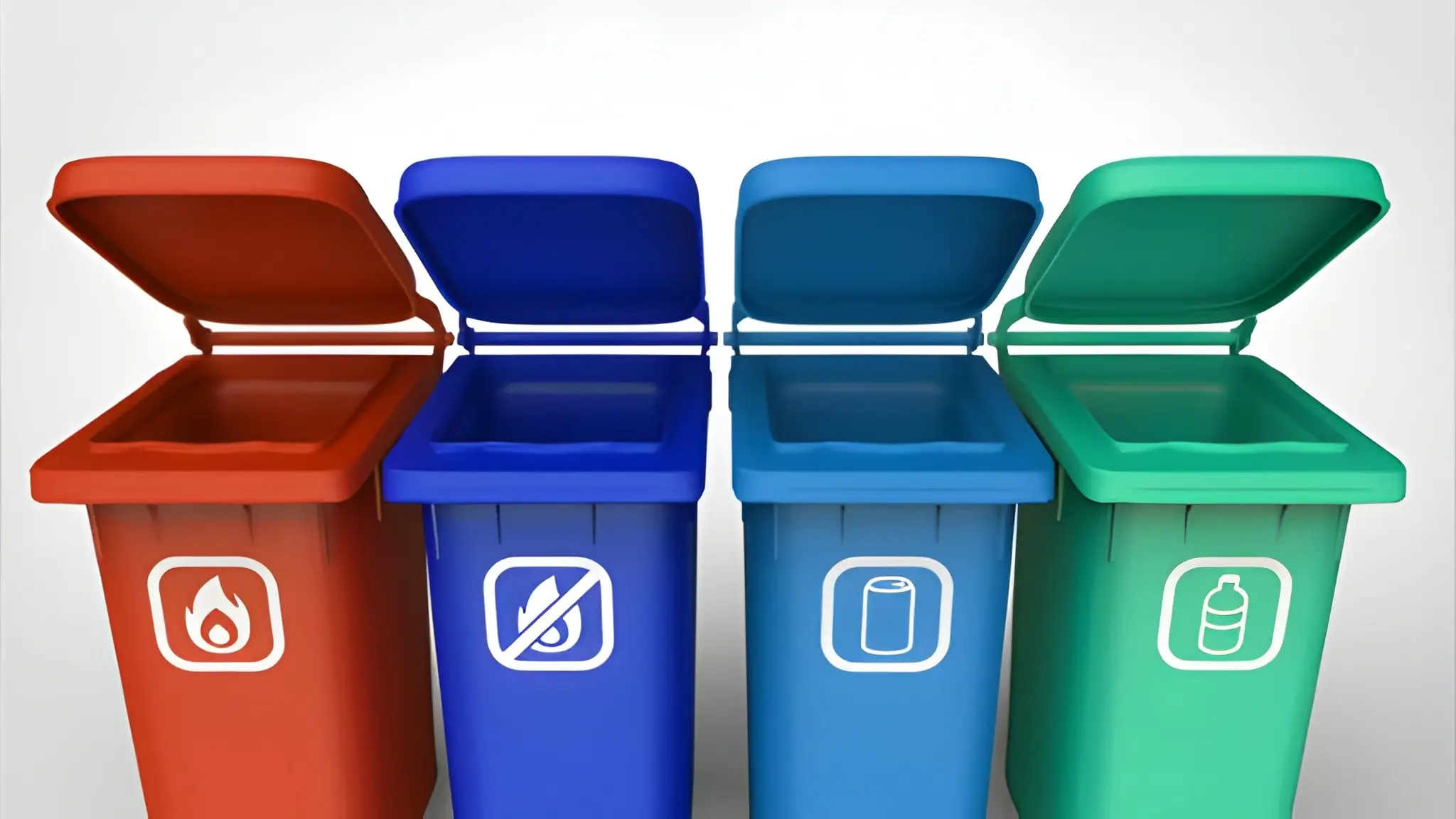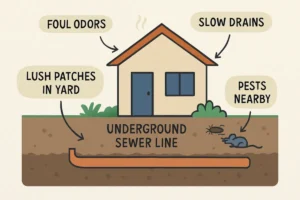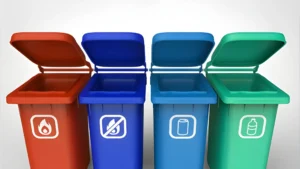Bigger isn’t always better, but sometimes it really is. A durable 240 litre bin serves households with more than four people, small commercial operations, and anyone who’s tired of dealing with waste overflow between collections. These bins have basically become the workhorse of Australian waste management because they handle volume without becoming unmanageable. The jump from 120 litres to 240 litres is significant—you’re doubling capacity while only increasing the footprint by about 30 percent. That efficiency matters when you’re dealing with limited outdoor space but growing waste needs.
Double the Capacity Without Double the Hassle
A 240-litre bin measures approximately 1067mm high, 580mm wide, and 740mm deep. That’s tall enough to hold substantial waste volume but still fits through standard side gates and against fence lines. The actual usable capacity accounts for the tapered design, giving you around 220-230 litres of practical storage.
Larger families generate more waste, obviously, but the increase isn’t linear. Five people don’t produce exactly twice the waste of two people—it’s usually somewhere around 1.6 to 1.8 times more. The 240-litre size accommodates that reality while providing buffer space for occasional high-volume weeks, like after parties or spring cleaning sessions. You’re not constantly playing Tetris with your rubbish trying to make everything fit.
Commercial Applications That Make Sense
Small retail shops, cafes, and offices with 5-15 employees hit that awkward zone where residential bins are too small but industrial containers are overkill. A 240-litre bin bridges that gap effectively. Cafe waste includes bulky packaging and food scraps that compress poorly, taking up more volume than you’d expect from the weight.
Medical clinics and professional offices generate steady waste streams that fill 120-litre bins too quickly, requiring mid-week disposal or storage of overflow bags. Moving to 240 litres means weekly collections actually work, reducing pest attraction and meeting health regulations. The cost difference between 120L and 240L collection services is usually minimal, so you might as well get the capacity you actually need.
Material Engineering and Longevity
Durable 240-litre bins use 10-12mm wall thickness in high-impact HDPE, significantly thicker than smaller residential bins. That extra material isn’t just about lasting longer—it prevents deformation under heavy loads. A full 240-litre general waste bin can weigh 70-80kg, and cheaper bins flex or crack under that stress.
UV stabilization becomes more critical in larger bins because they have more surface area exposed to sunlight. Quality manufacturers add 2-3% carbon black to the HDPE, which blocks UV radiation more effectively than color stabilizers alone. That’s why premium bins stay rigid and maintain their color for years while budget options fade to brittle gray within three summers.
Wheel and Axle Systems Under Pressure
The wheels on a 240-litre bin do real work. You’re moving significant weight across various surfaces, and component failure here is frustrating. Industrial-grade bins use 250-300mm diameter wheels with rubber treads, compared to the 200mm wheels on smaller bins. The larger diameter rolls easier over obstacles and distributes weight better.
Steel axles with sealed bearings prevent the wobbly wheel syndrome that develops in bins with plastic axle systems. I’ve used bins where one wheel stops rolling freely, making the whole thing pull to one side. That shouldn’t happen with properly engineered components, but it does with cost-cutting manufacturing. Quality bins include replaceable wheel assemblies, which extends overall bin life when wear eventually occurs.
Handling Heavier Loads Safely
Weight distribution matters more as bin size increases. A 240-litre bin needs reinforced lifting lugs to handle the mechanical stress during automated collection. The lugs on cheaper bins sometimes crack or deform, leaving you with a bin that can’t be emptied properly.
The handle design on larger bins should position your grip at waist height when you’re standing upright, minimizing back strain. Poor handle placement forces awkward pulling angles that contribute to injury over time. Ergonomic handles curve to fit your grip naturally and include texture to prevent slipping when your hands are wet.
Economic Calculation for Long-Term Use
A quality 240-litre bin costs roughly 40-60% more than a 120-litre bin, but it doesn’t cost twice as much despite doubling capacity. That’s actually good value when you consider the cost per litre of storage. Collection fees sometimes tier by bin size, but the jump to 240L is usually only 20-30% more expensive than 120L service.
Replacement costs factor into the equation. If you’re replacing a cheap bin every 3-4 years versus a durable bin lasting 10-12 years, you’re buying three or four bins in the same timeframe. That’s not just money—it’s also the hassle of disposal and replacement. Premium bins often include warranties of 5-10 years, which tells you something about manufacturer confidence in their product durability.
Also Read–Best Practices for Implementing Knowledge Management in Business Operations











